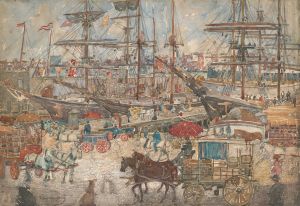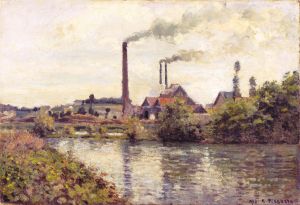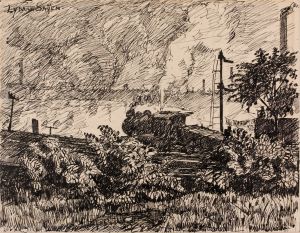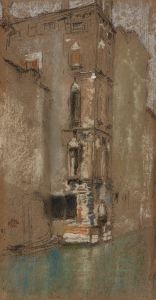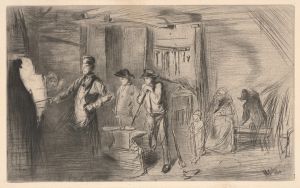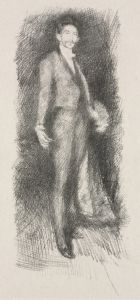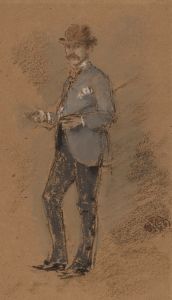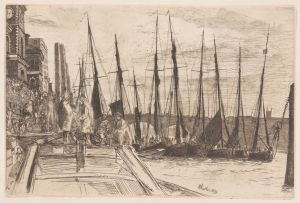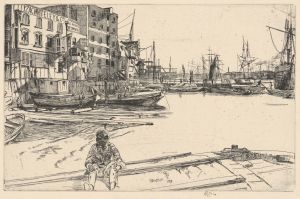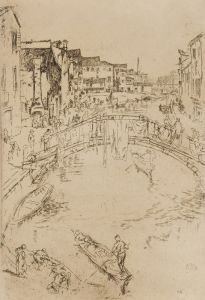
Eagle Wharf
A hand-painted replica of James Abbott McNeill Whistler’s masterpiece Eagle Wharf, meticulously crafted by professional artists to capture the true essence of the original. Each piece is created with museum-quality canvas and rare mineral pigments, carefully painted by experienced artists with delicate brushstrokes and rich, layered colors to perfectly recreate the texture of the original artwork. Unlike machine-printed reproductions, this hand-painted version brings the painting to life, infused with the artist’s emotions and skill in every stroke. Whether for personal collection or home decoration, it instantly elevates the artistic atmosphere of any space.
James Abbott McNeill Whistler was an American-born artist known for his significant contributions to the art world during the late 19th century. He was a leading figure in the Aesthetic Movement, which emphasized the visual and sensual qualities of art and design over practical, moral, or narrative considerations. Whistler's work is characterized by his innovative use of color and his interest in the harmony of composition.
"Eagle Wharf" is one of Whistler's early works, created during a formative period in his career. Painted in 1859, this piece is an etching, a medium that Whistler mastered and used extensively throughout his life. The etching depicts a scene along the River Thames in London, capturing the industrial landscape of the city during the Victorian era. This work is part of a series known as the "Thames Set," which includes a collection of etchings that Whistler produced after moving to London.
The "Thames Set" was instrumental in establishing Whistler's reputation as an etcher. These works were praised for their detailed and atmospheric portrayal of the river and its surroundings. "Eagle Wharf" specifically showcases Whistler's ability to convey the bustling activity and the gritty reality of the industrial waterfront. The etching features a view of the wharf with various boats and industrial structures, highlighting the contrast between the natural elements of the river and the man-made environment.
Whistler's technique in "Eagle Wharf" demonstrates his skill in capturing light and shadow, as well as his keen eye for composition. The etching is noted for its intricate line work and the way it conveys the texture of the scene. Whistler's approach to etching was influenced by his study of the works of earlier masters such as Rembrandt, and he brought a modern sensibility to the medium that was appreciated by his contemporaries.
The "Thames Set" was published in 1871, and it played a crucial role in Whistler's career, helping to solidify his reputation as a leading artist of his time. "Eagle Wharf" and the other etchings in the series were well-received by critics and collectors alike, and they remain significant examples of Whistler's contribution to the art of etching.
Whistler's work, including "Eagle Wharf," is housed in various collections around the world, including major museums and galleries. His influence on the art world extends beyond his own creations, as he was also known for his writings and his role in the art community of his time. Whistler's emphasis on the aesthetic qualities of art and his innovative techniques continue to be studied and admired by art historians and enthusiasts today.







